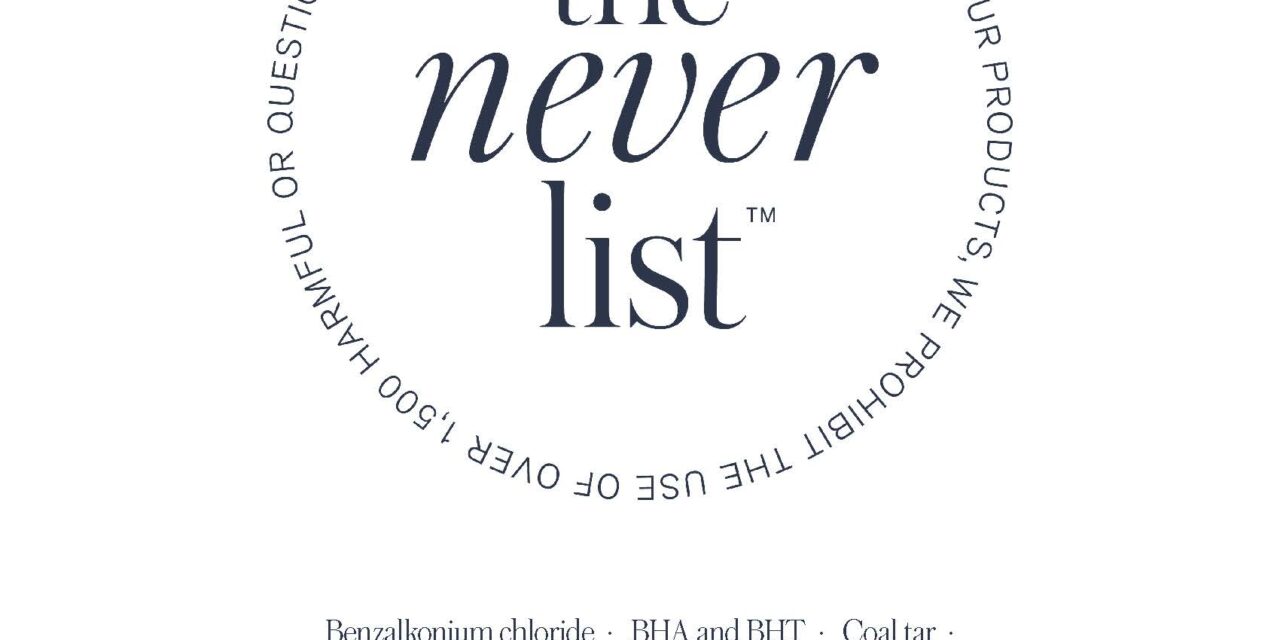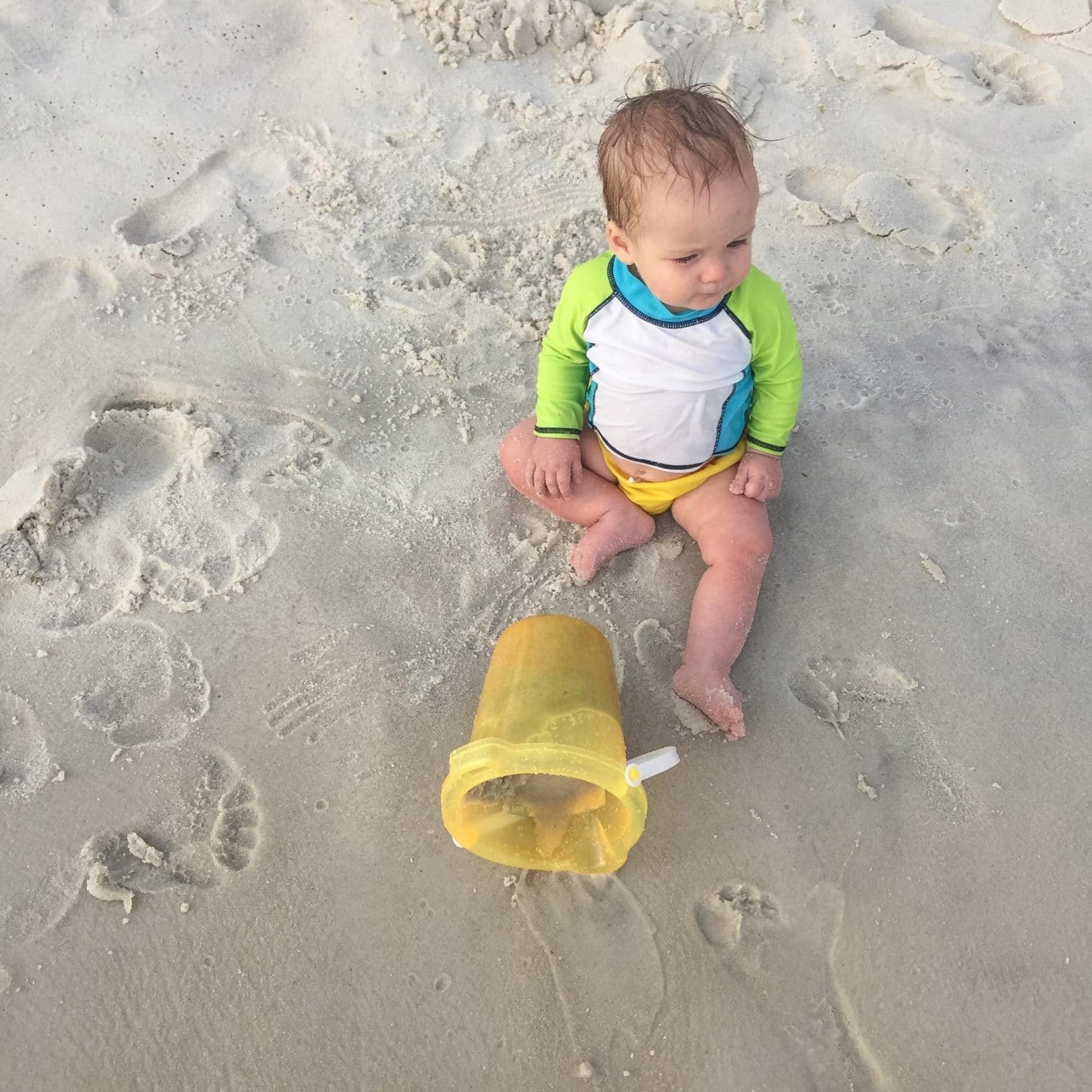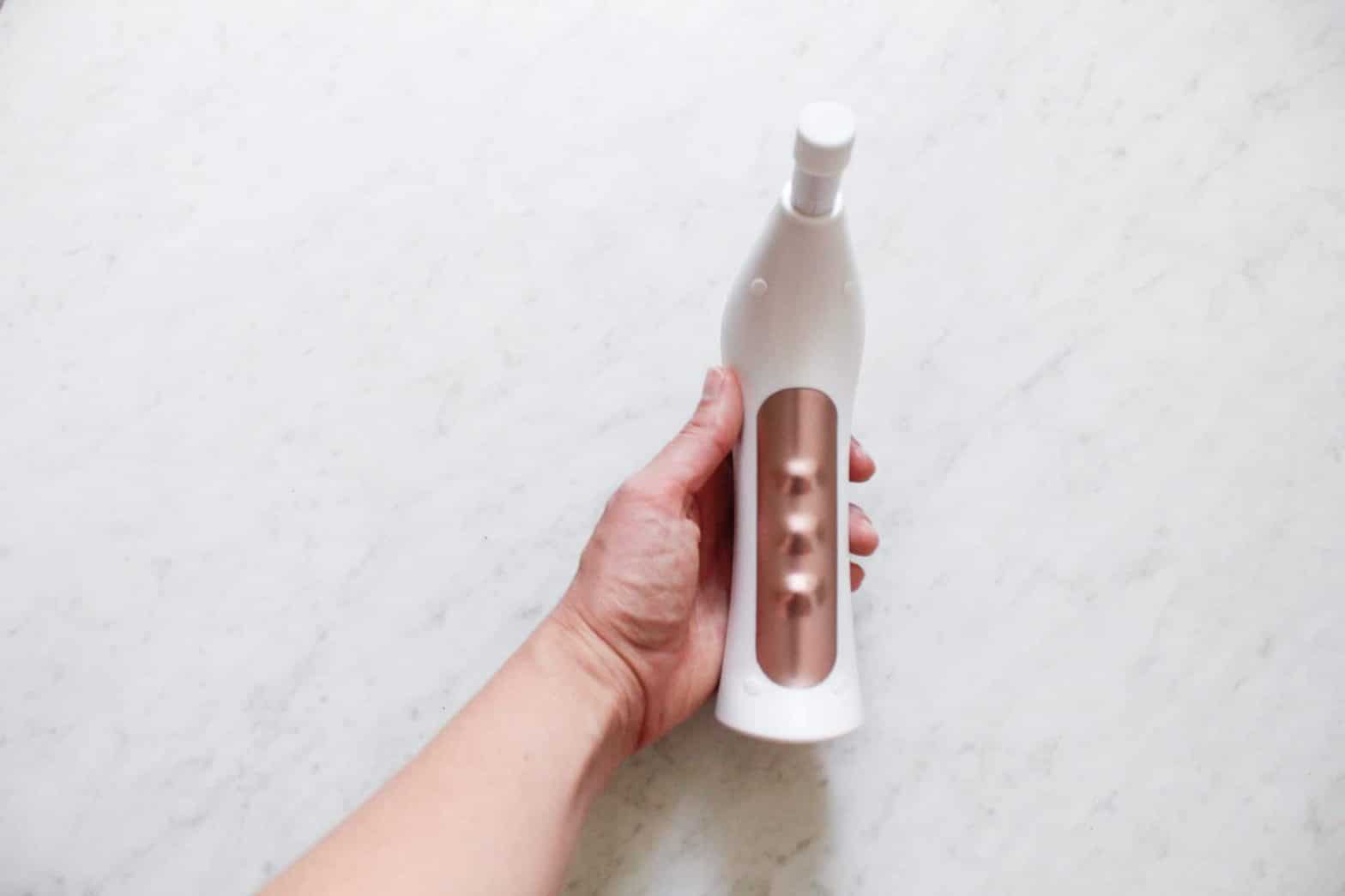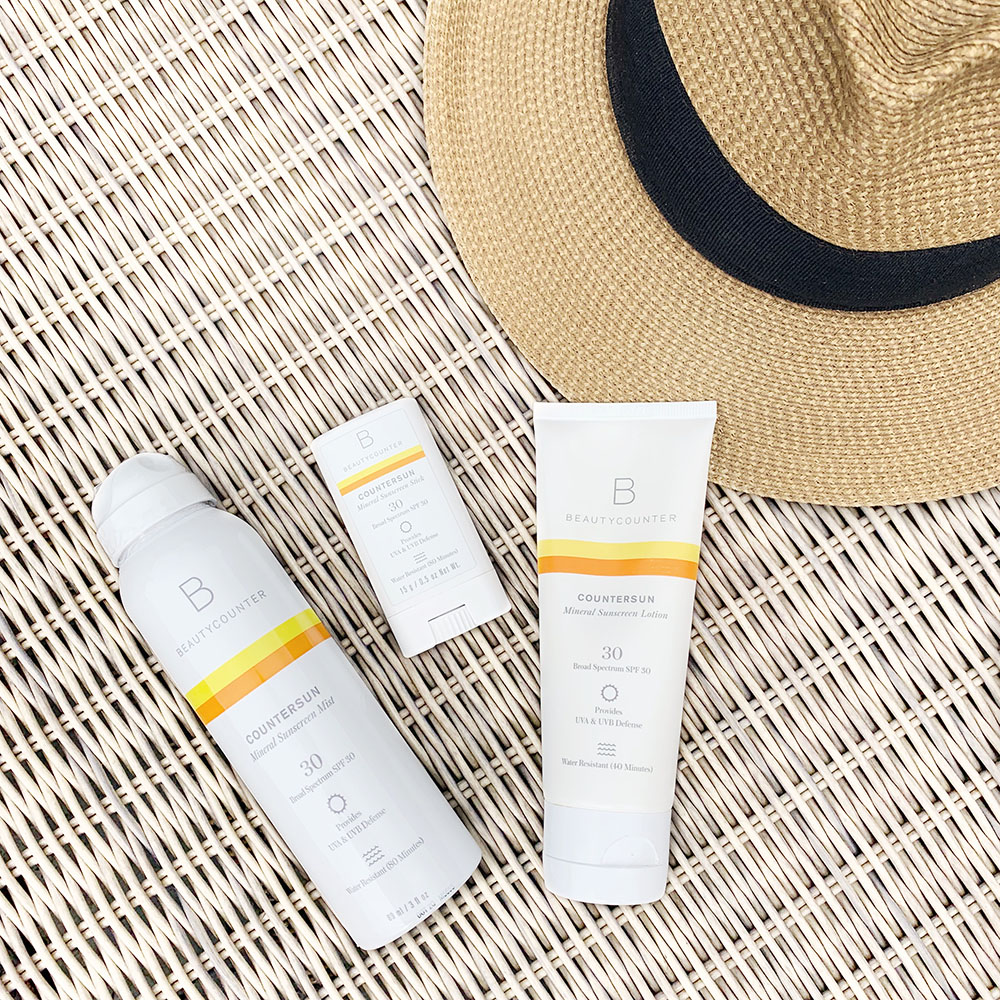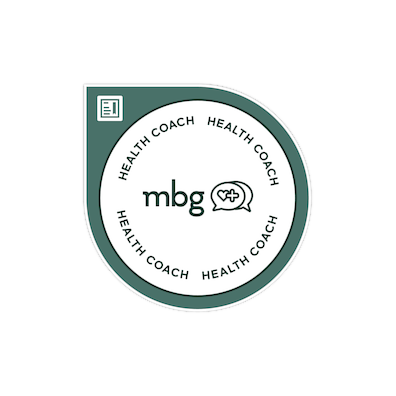Ever wonder what the “Never List” is? I bet you’ve heard that term pinging around the Interwebs (I know I did before I partnered with Beautycounter!), but you might not be totally sure what it is. Never fear! Clean Beauty School 101 here to the rescue. Here’s the definitive All Your Never List Questions Answered post you’ve been waiting for!
What is the Never List?
First things first. In a nutshell, the Never List is a list of over 1800 questionable or harmful ingredients that Beautycounter commits to never use in any of their products. This list includes the 1400 ingredients banned by the European Union in the formulation of personal care products, as well as additional ingredients that Beaucyounter has tested and found to be of concern.
Now remember: the US only bans around 30 ingredients that companies are not allowed to use in making personal care products. Beautycounter is proud to set a safety standard far above what is legally expected in the United States.
What kind of ingredients does Beautycounter ban?
Since the list is over 1800 ingredients long, I will spare you a complete index! However, here are some of the top offending ingredients that Beautycounter targets and bans. ((All ingredients and descriptions taken from Beautycounter.com. ))
Each of these banned ingredients can be linked to various health issues–from allergies and irritations to more severe problems like hormone disruption, neuro-toxiticy, and even cancers. However, you will find that these ingredients are still included in many consumer products on the market.
Take a look at the abbreviated Never List below to see 1) what kind of ingredients Beautycounter is committed to NEVER USING and 2) the common types of products where you will find these chemicals in traditional drug store and luxury brands.
The Never List (abbreviated)
- Benzalkonium chloride: A disinfectant used as a preservative and surfactant associated with severe skin, eye, and respiratory irritation and allergies. Found in: sunscreens, moisturizers.
- BHA and BHT: Synthetic antioxidants used to extend shelf life. They are likely carcinogens and hormone disruptors and may cause liver damage. Found in: lipsticks, moisturizers, diaper creams, and other cosmetics.
- Coal tar: Byproduct of coal processing that is a known carcinogen. It is used as a colorant and an anti-dandruff agent. Found in: hair dye, shampoo.
- Ethylenediaminetetraacetic acid (EDTA): A chelating (binding) agent added to cosmetics to improve stability. May be toxic to organs. Found in: hair color, moisturizers.
- Ethanolamines (MEA/DEA/TEA): Surfactants and pH adjuster linked to allergies, skin toxicity, hormone disruption, and inhibited fetal brain development. Found in: hair dyes, mascara, foundation, fragrances, sunscreens, dry cleaning solvents, paint, pharmaceuticals.
- Formaldehyde: Used as a preservative in cosmetics. A known carcinogen that is also linked to asthma, neurotoxicity, and developmental toxicity. Found in: shampoo, body wash, bubble bath.
- Hydroquinone: A skin-lightening chemical that inhibits the production of melanin and is linked to cancer, organ toxicity, and skin irritation. Found in: skin-lightening creams.
- Methylisothiazolinone and methylchloroisothiazolinone: Chemical preservatives that are among the most common irritants, sensitizers, and causes of contact skin allergies. Found in: shampoo, conditioner, body wash.
- Oxybenzone: Sunscreen agent and ultraviolet light absorber linked to irritation, sensitization and allergies, and possible hormone disruption. Found in: sunscreen, moisturizer.
-
Parabens
(methyl-, isobutyl-, propyl- and others): A class of preservatives commonly used to prevent the growth of bacteria and mold. Parabens are endocrine (or hormone) disruptors, which may alter important hormone mechanisms in our bodies. Since parabens are very common in many personal care and cleaning products, it is the “cumulative exposure” that “worries public health advocates.” ((Scientific American, https://www.scientificamerican.com/article/should-people-be-concerned-about-parabens-in-beauty-products/. )) The fact that parabens are so prevalent is cause for concern. Found in: shampoo, face cleanser, body wash, body lotion, foundation.
-
Phthalates
A class of plasticizing chemicals used to make products more pliable or to make fragrances stick to skin. Phthalates disrupt the endocrine system and may cause birth defects. Over the past 50 years scientists have been building a body of research that points toward the adverse effects of exposure to phthalates. Many of these studies show increased risk in males and consistent impairments to reproductive health. The studies also show surprisingly high levels of phthalates in the people tested, which corresponds to their widespread use in household and personal care products. ((https://www.ewg.org/skindeep/2005/08/25/phthalates))
Another point of concern is that “phthalates do not appear on the vast majority of products containing them simply because they are components of fragrance and thus exempt from labelling requirements. This gives consumers little power to avoid phthalates in their purchases of personal care products.” ((https://www.ewg.org/skindeep/2005/08/25/phthalates/)) Found in: synthetic fragrance, nail polish, hairspray, and plastic materials.
- Polyethylene glycol (PEG compounds): PEGs are widely used in cosmetics as thickeners,solvents, softeners, and moisture-carriers. Depending on manufacturing processes, PEGs may be contaminated with measurable amounts of ethylene oxide and 1,4-dioxane, which are both carcinogens. Found in: creams, sunscreen, shampoo.
- Retinyl palmitate and Retinol (Vitamin A): A nutrient that may damage DNA and speed the growth of skin tumors when used topically. Found in: moisturizer, anti-aging skincare.
- Sodium lauryl sulfate and Sodium laureth sulfate (SLS and SLES): SLS and SLES are surfactants that can cause skin irritation or trigger allergies. SLES is often contaminated with 1,4-dioxane, a byproduct of a petrochemical process called ethoxylation, which is used to process other chemicals in order to make them less harsh. Found in: shampoo, body wash, bubble bath.
-
Synthetic fragrance and flavor
An engineered scent or flavoring agent that may contain any combination of 3,000-plus stock chemical ingredients, including hormone disruptors and allergens. Here’s the thing: “fragrance” formulas are protected under federal law’s classification of trade secrets and therefore can remain undisclosed.
A formula can contain thousands of chemicals, including phthalates, synthetic musks, and other ingredients linked to hormone disruption and allergies, that may present health risks for the consumer. ((CSC: http://www.cctfa.ca/site/consumerinfo/FragranceReport_Final.pdf [last accessed 12.20.16]; Taylor KM et al. (2014) Human exposure to nitro musks and the evaluation of their potential toxicity: an overview. Environmental Health, 13:14.)) But because the formula is a secret, companies are not required to openly share the ingredients. This leaves consumers in the dark. (One of the best things you can do in cleaning up your skincare routine is to skip the fragrance! Make sure to be using products that are unscented or scented naturally with essential oils!) Found in: all types of cosmetics.
- Toluene: A volatile petrochemical solvent that is toxic to the immune system and can cause birth defects. Found in: nail polish.
- Triclosan and Triclocarban: Antimicrobial pesticides toxic to the aquatic environment; may also impact human reproductive systems. Found in: liquid soap, soap bars, toothpaste.
I don’t understand: why do other companies include these ingredients if they aren’t safe?
This is a great question! Obviously there are a lot of factors but one of the biggest is that the beauty/personal care industry in the United States is severely under regulated. The FDA, which is the major federal governing body that oversees the cosmetics industry, does not have the power to perform many basic regulatory actions, such as requiring safety data to be publically available or issuing a recall for a product deemed unsafe.
Want to know more? I wrote a whole article on this HERE!
Where can I find the Never List?
You will always be able to find it on the Beautycounter website. This is an awesome resource to learn more not only about the Never List, but Beautycounter’s ingredient selection process, ingredient index, core values, and more.
You can even download a pocket sized version of the Never List to keep handy as your shop! Pop it out to see if a product contains any of the top offenders on the Never List!
Does the Never List guarantee safety?
Beautycounter will never include a Never List ingredient in their products. That means you are avoiding SO MANY dangerous or questionable ingredients.
But nothing in life is 100%. One of the reasons I support and value this company so much is their commitment not only to safety but to complete transparency. While they work so hard to ensure safety, they cannot strictly guarantee that trace amounts of a Never List ingredient will not be present. Here’s why–check this out from their website:
“While all of our ingredients are sourced with a higher standard of safety and quality in mind, it is well recognized — and accepted by regulatory authorities around the world — that incidental, trace levels of a chemical may inadvertently be introduced in a cosmetic product due to the complexities of the supply chain and manufacturing process. At Beautycounter, we work incredibly hard to minimize — but unfortunately, can’t eliminate — the potential that a product may contain trace levels of a chemical from The Never List™.”
Don’t you love the honesty: owning up to the complexity of the supply chain while ensuring your utmost safety!
Shop safer products
Don’t overthink it: Beautycounter already did! Shop safer products here!
Are you interested in reading more about clean beauty? See all of our posts here!

